Slotted casing is an important completion equipment in oil drilling operations and is often used for early completion and oil production sand control in oil fields. The main machine and equipment for slotting casing is a cutting machine. Generally, a slotting casing manufacturer has at least ten cutting machines. The material of slotted casing is mainly petroleum casing and tubing, which is basically used as the raw material for making slotted casing. The development of modern science and technology, through process exploration and scientific research, has gradually solved the technical problems of laser processing of grooved casing such as ultra-fine seams, trapezoidal seams, and wide seams (seam width >1mm). The developed laser processing machine tool for grooved casing has achieved mass production of slotted casings.
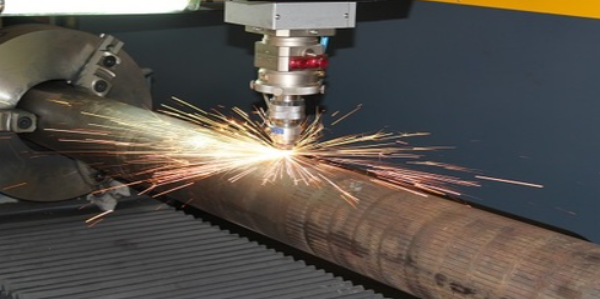
The principle of laser cutting Slotted casing
Slotted casing is made by cutting thousands of slits distributed according to certain rules on high-strength alloy steel casing. Commonly used gap specifications are: slit width 0.15~3mm; gap length 50~300mm; slit cross-sections mainly include rectangular and trapezoidal. Laser cutting of slotted casing uses a focused high-power density laser beam to irradiate the slotted casing, and at the same time assists in coaxial oxygen blowing. The energy of the laser beam is absorbed by the material, causing the surface temperature of the material at the laser beam irradiation point to rise sharply, reaching the ignition point temperature of the material. After contacting with oxygen, a violent oxidation reaction occurs and a large amount of heat is released. Under the combined action of the laser beam energy and the heat of the oxidation reaction, the tube material melts or vaporizes. The auxiliary airflow coaxial with the beam blows away the molten slag from the bottom of the slit. , when the casing and the laser beam move relative to each other, slits can be processed on the pipe body.
The traditional processing methods of petroleum slotted casing include the following:
Method 1: Metal block inlay method; its manufacturing process is to machine an opening much wider than the predetermined requirement at the slit on the pipe, and then insert a slightly narrower metal block into the opening and weld it firmly to form a slit. This method has many steps, low efficiency and high cost. Sometimes it also affects the strength of the screen tube.
Method 2: Combined electrochemical and mechanical processing method; the processing process is roughly as follows: use the principle of electrochemical corrosion to corrode a blind groove with the same size as the slit on the inner wall of the pipe, and then use an ultrasonic thickness gauge to measure the thickness of the groove on the outer wall of the pipe. The centerline of the groove is measured in contact with the groove. Finally, a milling cutter is used to mill through the groove to form a slit. This method has low efficiency and heavy subsequent cleaning tasks, and is basically not suitable for mass production.
Method 3: Ceramic blade cutting method; the processing method is to use a ceramic blade to "mill" the slit (as a milling slot). The key to this method is the manufacturing process of the ceramic blade. Although this method currently has a certain range of use, it has the following shortcomings: low efficiency, high cost, slow blade feed speed and easy damage, requiring frequent replacement, single slit shape, and cannot cut trapezoidal seams, curved seams and fold lines seam.
Method 4: Laser cutting method; the processing method is to use a laser beam with extremely high energy density to scan the surface of the oil screen tube, and cut out qualified slits based on the basic principles of laser cutting. The advantages of this method are that the slit width is regular, there is no residue in the slit, and the slit quality is good. It can also cut complex seam shapes such as trapezoidal seams, folding seams, and extra-wide seams. In addition, laser cutting also has the advantages of low noise, high efficiency and low cost.
Detailed advantages of laser cutting pipes
Laser cutting slotted casing has the following advantages over other thermal cutting methods:
1. The incision width of laser cutting is generally only 0.1~0.3mm, and the pipe loss is very small;
2. Good cutting quality. Due to the small spot, high energy density and fast cutting speed of the laser, the heat-affected zone of its cutting is very small, the incision is smooth, no burrs, no oxidation, high dimensional accuracy, almost no thermal deformation, and good results can be obtained. Cut quality
3. High production efficiency, suitable for cutting a wide range of materials, especially materials and thin-walled pipe fittings that are difficult to cut by mechanical methods;
4. The cutting position and cutting temperature of laser cutting can be controlled conveniently and sensitively to facilitate the automation of production;
5. It has low noise and vibration and basically no pollution to the environment. Laser cutting can increase efficiency by 8 to 20 times. Compared with other cutting methods, laser cutting steel parts can reduce processing costs by 70% to 90% and save materials by 15% to 30%.High economic benefit;
At present, laser cutting has become one of the most mature technologies in laser processing and is widely used for plate cutting. Therefore, as long as the performance of the equipment is improved and the correct process is adopted, there is no problem in performing high-quality cutting on pipes. Cutting pipes with laser includes tangential cutting, bevel cutting, forming cutting and penetration cutting. Traditional process processing requires multiple continuous processes, but using laser processing machinery can complete all processing of the entire component on one machine, using one tool and one process.
In conclusion
In recent years, laser processing has become more and more widely used in the industrial field and has been widely used in automobiles, aerospace, shipbuilding, petroleum and energy industries, machinery, metallurgy, and electronics. The process parameters of laser cutting are a very important part of the process of laser cutting petroleum slotted casing . It is directly related to the quality of the cutting seam and the efficiency of the cutting. It can be seen that compared with the traditional processing method of petroleum slotted casing , the processing method of laser cutting petroleum slotted casing has unparalleled advantages. In the near future, it will surely replace the traditional processing method of petroleum slotted casing and become the preferred processing method of petroleum slotted casing.






 English
English Español
Español بالعربية
بالعربية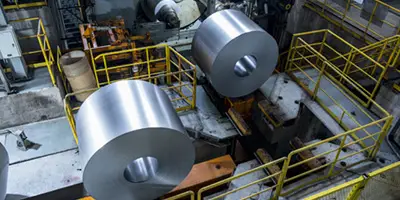
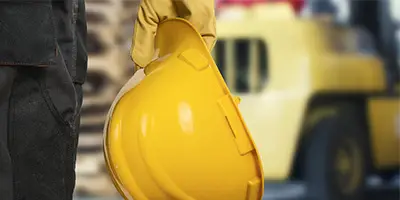
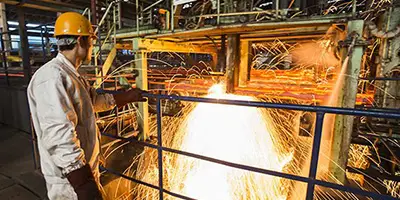
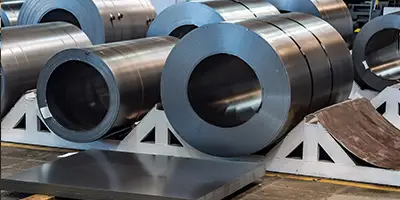

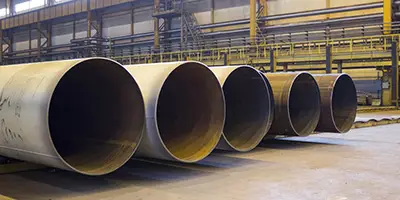
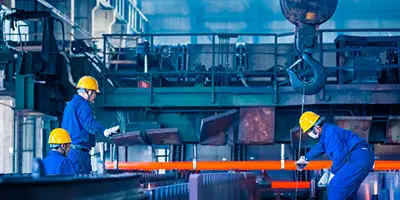
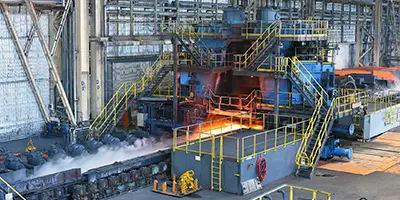
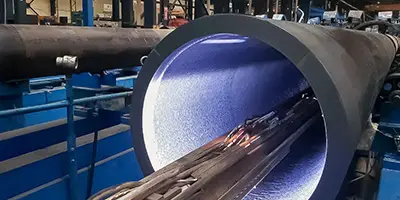
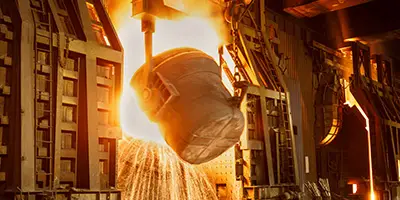
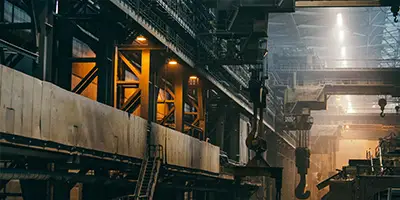

 Phone :
Phone :  Whatsapp :
Whatsapp :  Email :
Email : 


